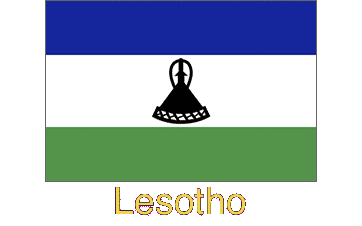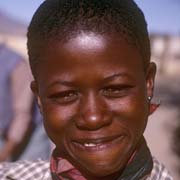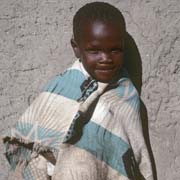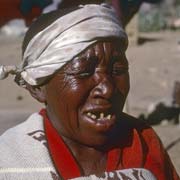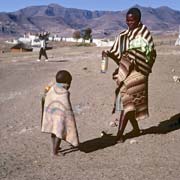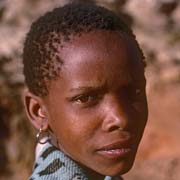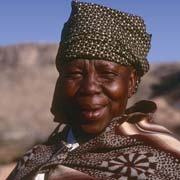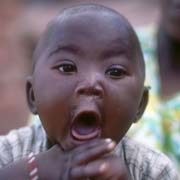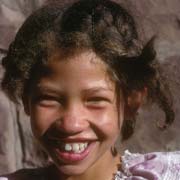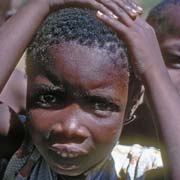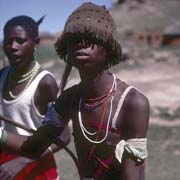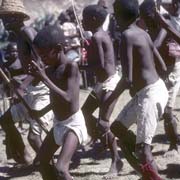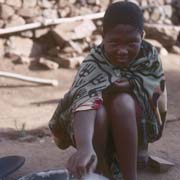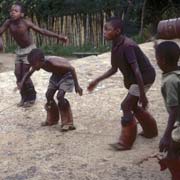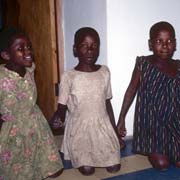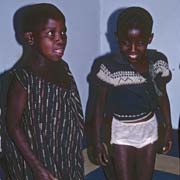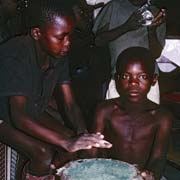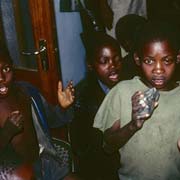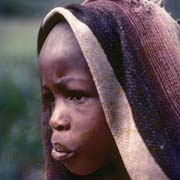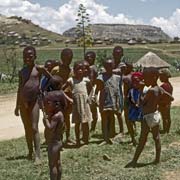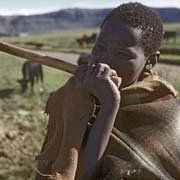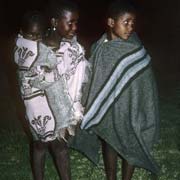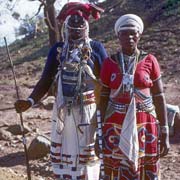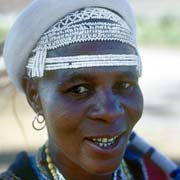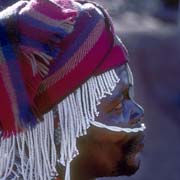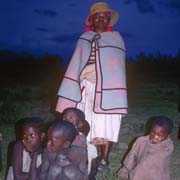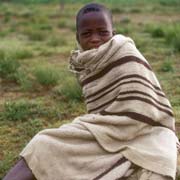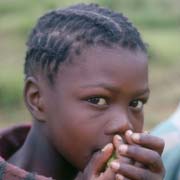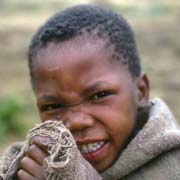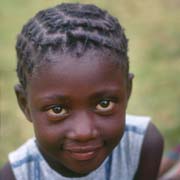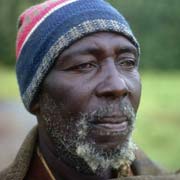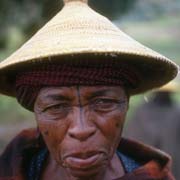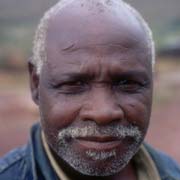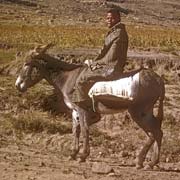Photos of The People of Lesotho
The People of Lesotho
Lesotho is the land of the Sotho people, the Basotho (previously spelled as Basuto), a Bantu people who have lived in southern Africa since the 5th Century CE. The Basotho nation was forged by King Moshoeshoe I when he united disparate clans of Sotho-Tswana origin in 1822. Most Basotho live outside Lesotho, in the South African province of Free State, an area they lost to the Boers in 1858.
you may then send it as a postcard if you wish.
Sesotho, the language of the Sotho people, is, with English, the official language and spoken by almost everyone in Lesotho. About three-quarters of Lesotho’s 2 million people live in rural areas, mostly in small villages. Friendly people, they are very welcoming to visitors.
The culture is very much alive: one can come across spontaneous displays of traditional song and dance by children and young people. The “Liphotha” or “Gum Boot Dance” is imported from South Africa and came about when mineworkers would dance in their gumboots, singing, clapping their hands and slapping the sides of their boots instead of using drums. A more traditional dance is the “Mokhibo”, a women’s dance, performed on their knees, singing and moving in unison. Herd boys may play a traditional musical instrument called the “lesiba”, a stringed and wind instrument consisting of a string and feather on which the musician blows, using his mouth as a sound box, like a jew’s harp. Boys also may practice the “Mohobelo”, a men’s stomping dance that consists of synchronised movements and high kicks.
Although the overwhelming majority of Lesotho’s people are Basotho, a small minority of Xhosa speakers (18,000) still live in the Quthing District in the south. During King Moshoeshoe’s reign, he allocated this part of the country mainly to the Bathepu people (a Xhosa clan in South Africa), fleeing the Zulu King Shaka. As in other Bantu groups, there are Sangoma, traditional healers, diviners or “witch doctors” who still may be encountered, wearing their distinctive regalia.


